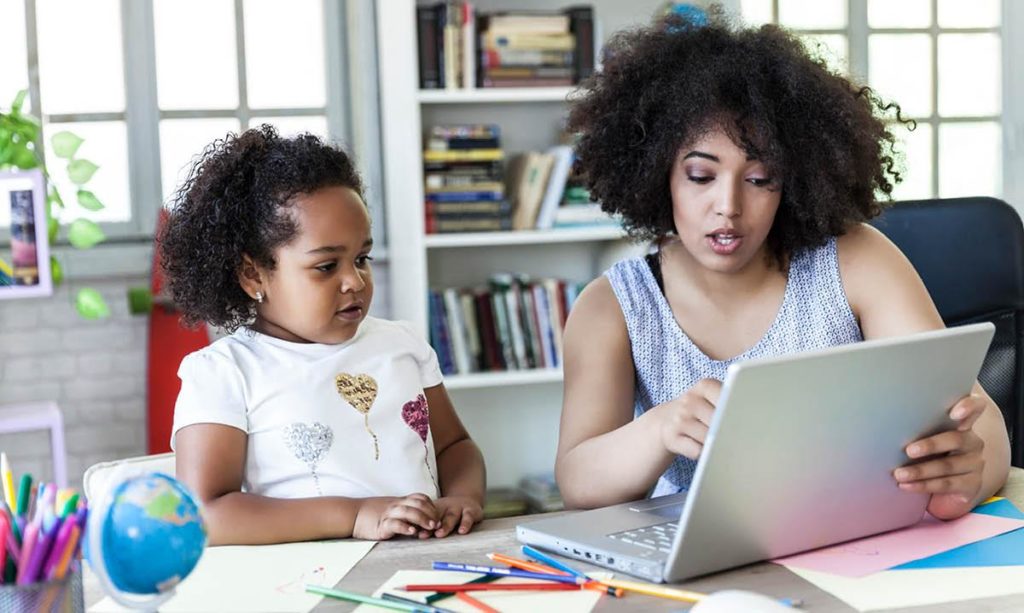6 tips for parents teaching their children at home

Parents are a child’s first teachers and the home is a child’s first classroom.
As parents, we’re all still feeling heavily burdened coming to terms with Covid-19 and the effects on our everyday lives including schooling. Currently children in public schools are still at home, with the exception of grade 7 and grade 12 learners.
Schools and teachers are working quickly to create distance learning plans, parents are juggling financial uncertainties, unusual work situations and basic needs, all while trying to keep their kids engaged with learning at home.
Here are six ways parents can help keep their child on track when school is closed:
1. Establish a daily routine
Create a daily routine for your child. This will be different depending on the age of your child. For example, older children are more likely to adhere to a timetabled school day and a younger child’s routine can include drawing and colouring.
2. Stay connected
Your school is likely creating a plan for digital learning if this isn’t already in place. Stay in touch with teachers and other parents to work through it together. Don’t be afraid to ask for help.
3. Turn off the news and talk
Limit the news. It can be scary, especially for young children. Remind your child they are safe and that life will get back to normal. Ask them how they are feeling. They can draw or write about it too.
4. Allow for social interaction
While social distancing is vital, staying in touch with friends is also important for all children. Providing opportunities to interact socially with peers will help children maintain connections and boost their mood. So if your child is at home, give them a chance to connect with peers during their breaks, like they would during breaks at school. There are a host of technological options available to support virtual connections, many of which working parents use themselves now and are familiar with..
5. Stay active
Our kids spend a lot of time moving around at school, so it’s important to ensure that they are still engaging in activities they enjoy while they’re at home. If it’s practical, spend some time outside jogging or walking. It’s worth also looking into some of the many fitness apps available that can ‘organise’ your activity for you (see the advice section on this website).
6. Handling anxiety
Parents must make sure to listen to children and hear their concerns about what is happening around them. It’s important to provide them with age-appropriate information that is based on the facts. For younger children keep answers simple: “Sometimes people wear masks when they are sick so others don’t catch it.” Ask them what they already know so that you can clarify any misconceptions they might have.
Getting this balance right will help your kids continue with at least a part of their education while they’re at home – and who knows, you might learn something new too.



